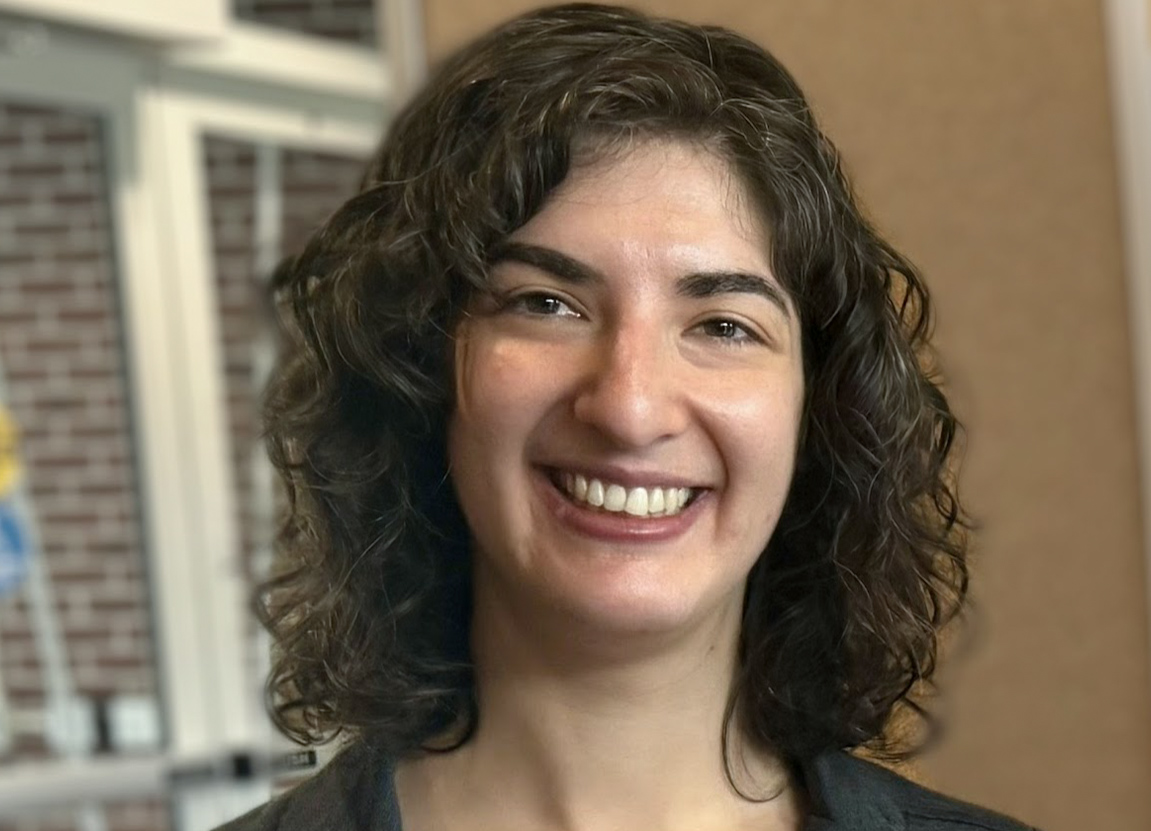
Adiya Katseff’s Scientific Pursuit of Immunological Defense
GSBMS Student Pioneers New Vaccine Technologies to Combat Antibiotic-Resistant Infections

Adiya Katseff, a Ph.D. candidate in the Graduate School of Biomedical Sciences, developed a fascination with immunology while working at an animal facility at Regeneron. A chemistry major in college, her interests changed as she helped breed genetically modified mice used as models for various diseases.
“I wanted to know what the investigators were doing with all the mice after I bred them and sent to them," she said. "I started to get curious about the immune system in general.”
At New York Medical College (NYMC), she explored different labs across various departments, seeking a career path closer to the biomedical sciences. It was in the Department of Pathology, Microbiology, and Immunology where her curiosity turned into a promising career path.
“I fell in love," said Katseff. "I worked with vaccines, which are amazing. They can inform and educate your immune system to react to objects they’re unfamiliar with and can completely change how your immune system might respond to a pathogen. I was so excited about it. I thought, 'This is cool. This is what I want to do forever.'”
Katseff’s first step into vaccine development is focused on creating a vaccine for Pseudomonas aeruginosa, a bacterium that affects the skin, blood, lungs, and other parts of the body. Deemed an “opportunistic pathogen,” the bacteria causes disease in people who have underlying conditions, becoming a major problem in health care and hospital settings. A vaccine is urgently needed as the pathogen is becoming increasingly resistant to antibiotics, making serious infections more difficult to treat.
“It's the top cause of things like ventilator-associated pneumonia and catheter-associated urinary tract infections,” said Katseff. “Even in healthy people, it's the top cause of keratitis from contact lens-related infections. It’s everywhere in the environment.”
For decades, scientists have been working to develop vaccines to prevent illness. Katseff is now among them, but instead of developing an injectable vaccine, she is researching a nasal vaccine in the lab of Paul M. Arnaboldi, M.S., Ph.D., assistant professor of pathology, microbiology, and immunology.
“Most vaccines are injected. Those types of vaccines are great from protecting you from infections that affect your bloodstream, but they're not that great for protecting you from infections in certain localized areas that are mucosal surfaces, like respiratory infections caused by Pseudomonas,” explained Katseff. “In that case, you really want protection in your lungs, and that’s where a nasal vaccine comes in. The idea is that it will help give you a localized protection right where you need it, right where the pathogen is trying to go, and the vaccine will also protect the rest of your body.”
As for her future, Katseff is torn between pursuing vaccine research and academia. She discovered her passion for teaching while working as an SAT and ACT tutor and has continued educating students as a lecturer in biochemistry and as a lab instructor for organic chemistry at SUNY Purchase while studying at NYMC. For now, she’s focused on developing new vaccine technologies.
“There's a lot of diseases that are still in need of vaccines, especially ones that affect really vulnerable populations, like the young and the elderly,” Katseff said. “It would be really great to get involved in the world of vaccines and be involved with developing better technologies for helping to best inform our immune system to be prepared for new harmful pathogens.”

